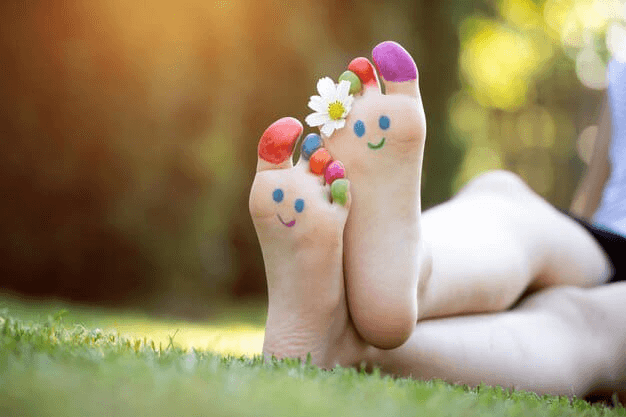
Step Up Your Foot Care Routine: Expert Tips for Beautiful and Healthy Feet
Foot health is often overlooked when considering overall wellness, yet it is fundamental to our mobility and well-being. Our feet support our entire body weight and endure thousands of steps daily. Proper care is crucial for maintaining comfort and preventing potential issues. Here’s a comprehensive guide on how to ensure your feet remain in top shape, with advice from expert podiatrists.
1. Daily Foot Hygiene
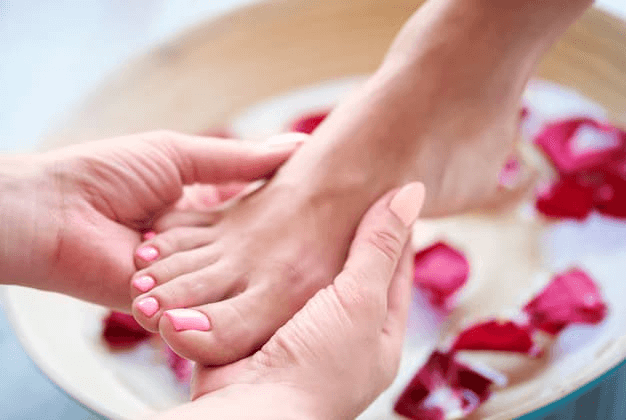
Cleansing with Care
Utilize a gentle soap to clean your feet without removing essential natural oils. Warm water effectively removes dirt without shocking the skin.
The Crucial Role of Drying
Proper drying is as important as washing. Moist areas, especially between the toes, can foster fungal growth. Pat your feet dry with a soft towel, paying special attention to the spaces between your toes.
2. Regular Foot Inspections
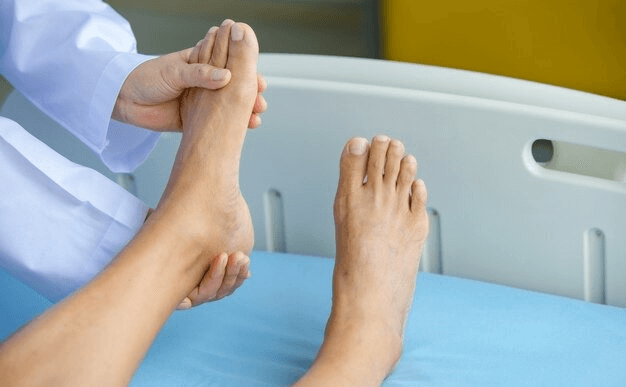
Importance of Daily Checks Our feet, despite their critical role, are often neglected.
Regular inspections are akin to keeping a diary of your feet’s daily
experiences. Small blisters or abrasions can indicate issues like new shoes or
unexpected activities. For those with diabetes, even minor cuts can lead to
significant complications if not addressed promptly.
3. Foot Exercises for Strength and Flexibility
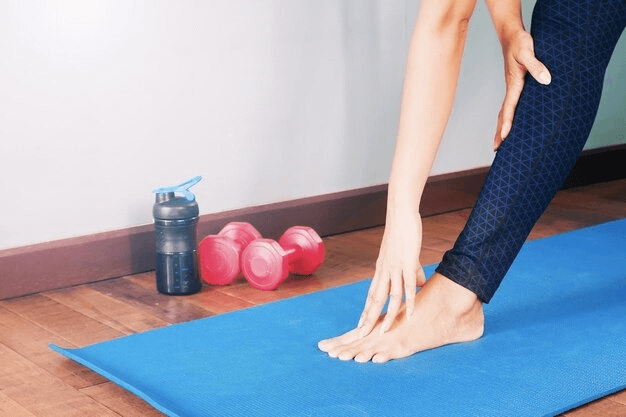
Simple yet Effective Exercises
- Toe Stretches: Enhance flexibility and relieve stress.
- Ankle Rolls: Improve ankle mobility and reduce stiffness.
- Marble Pick-ups: Strengthen toe muscles and enhance dexterity.
Regular foot exercises can alleviate common aches and improve stability and balance.
4. Balanced Nutrition and Hydration

Eat for Healthy Feet
A diet rich in vitamins and minerals, especially calcium and vitamin D, supports bone health.
Stay Hydrated
Proper hydration keeps your skin moisturized, which helps prevent cracked heels.
5. Rest and Elevation
Give Your Feet a Break
Rest your feet whenever possible, particularly after long periods of standing or walking.
Elevate to Reduce Swelling
Elevating your feet improves circulation and can help reduce swelling after a busy day.
6. Clean Footwear Regularly
Maintain Footwear Hygiene Regularly clean your shoes to prevent the accumulation of
harmful bacteria and fungi, which can cause infections.
7. Professional Foot Care
Regular Podiatrist Visits Routine consultations with a podiatrist are vital for
maintaining foot health and early detection of potential issues.
8. Moisturize Your Feet
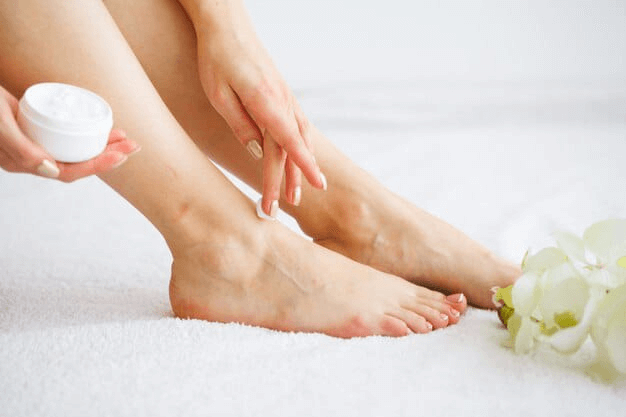
Choose the Right Moisturizer
Opt for thick creams or ointments with ingredients like shea butter, coconut oil, or glycerin for deep hydration.
Daily Moisturizing Routine
Apply moisturizer nightly, focusing on dry areas like the heels. Wearing cotton socks after application can enhance moisture absorption.
9. Proper Footwear Selection
Invest in Well-Fitted Shoes
Good-quality, well-fitted shoes are crucial for preventing foot issues. Periodically measure your foot size as it can change over time.
10. Trim Nails Correctly
Avoid Painful Conditions Trim your nails straight across and avoid cutting too deep
into the corners to prevent ingrown toenails. Use sanitized, sharp tools for a
clean cut.
11. Manage Blood Sugar Levels
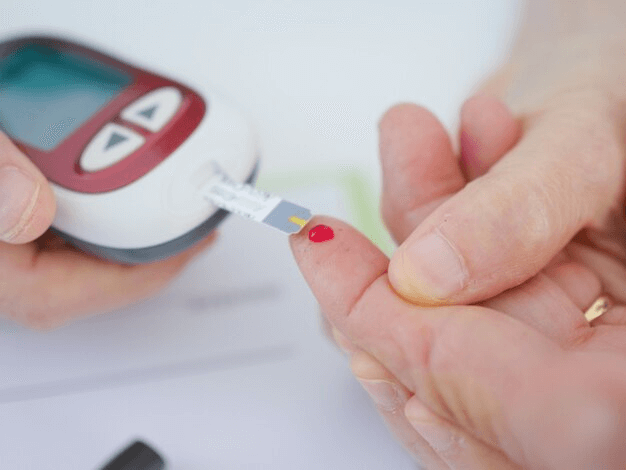
Control Blood Sugar Maintaining stable blood sugar levels is crucial,
especially for diabetics, to prevent complications like peripheral neuropathy
and infections.
12. Avoid Barefoot Public Spaces
Protect Your Feet Avoid walking barefoot in public areas such as gyms or pools to reduce the risk of fungal infections. Use protective footwear like flip-flops.
13. Address Foot Pain Promptly
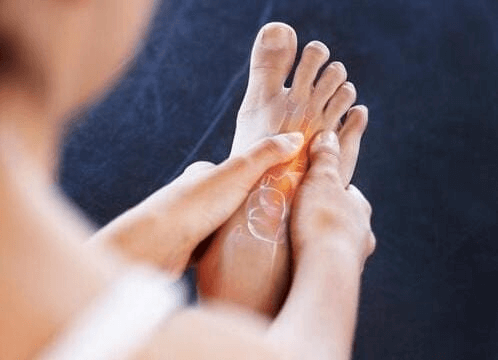
Recognize and Respond to Pain
Foot pain should not be ignored. Persistent or severe pain may indicate underlying issues and requires professional evaluation.
Understand Pain Types
Localized vs. Generalized:
Specific pain areas might suggest conditions like plantar fasciitis, while generalized discomfort could indicate systemic issues.
Transient Pain:
Pain that disappears with rest may not be serious, but persistent pain needs attention.
14. Routine Foot Health Review
Schedule Annual Check-Ups
Regular check-ups with a podiatrist are essential for comprehensive foot care and early problem detection.
Signs to See a Podiatrist
Seek professional help if you experience persistent pain, changes in skin or nails, swelling, numbness, difficulty walking, or if you have diabetes.
15. Understanding Common Foot Conditions
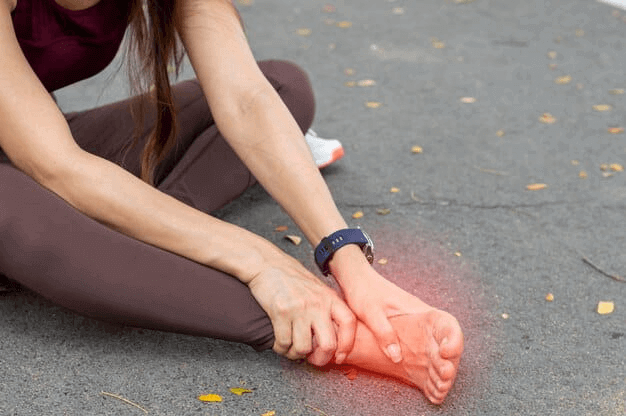
Prevalent Conditions
- Athlete’s Foot: Itching and burning caused by fungus. Prevent with proper hygiene and protective footwear.
- Bunions: Painful bumps at the base of the big toe. Prevent by wearing properly fitting shoes.
- Corns and Calluses: Hardened skin from friction. Use protective coverings and regular exfoliation.
- Plantar Fasciitis: Heel pain from strain on the plantar fascia. Stretch regularly and wear supportive shoes.
Ingrown Toenails:
Painful condition due to improper nail trimming. Cut nails straight and avoid tight shoes
Conclusion:

Prioritizing foot health is an integral part of overall well-being. By following these guidelines—ranging from daily hygiene and proper footwear to regular professional care—you can maintain healthy feet and prevent common issues. Whether you’re running, dancing, or simply walking, ensuring good foot health will keep you moving comfortably. Share these tips, bookmark this guide, and step confidently into a healthier future.
For expert consultations, consider services like Modern Foot & Ankle, which offer comprehensive care for your foot health needs.




